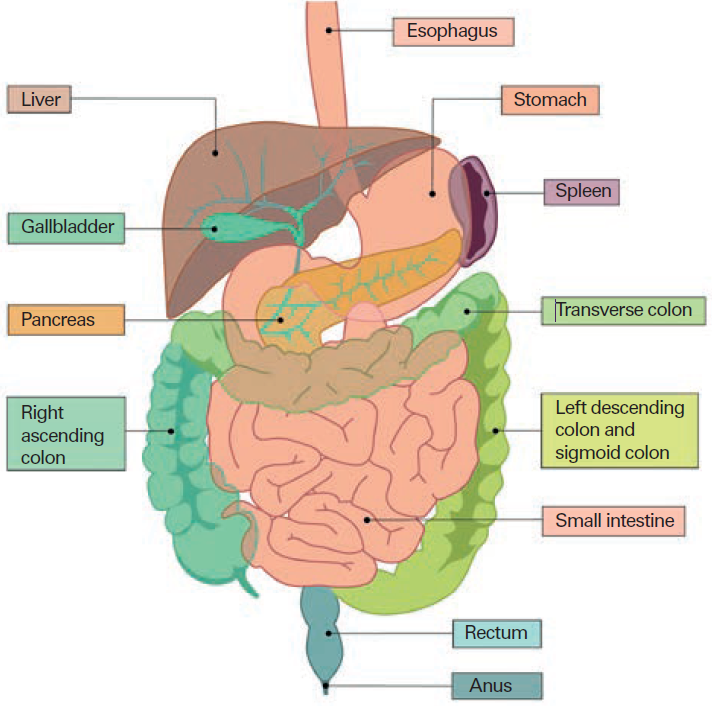Laparoscopy is a surgical technique that involves performing a diagnostic and/or therapeutic intervention through small incisions on the abdomen (keyhole technique). An incision is usually made at the level of the umbilicus to introduce a camera into the abdomen and to insufflate a gas (CO2), to dilate the abdominal cavity and obtain a space sufficient for good visualization. The camera is equipped with a light source and a sensor that transmits the images to screens for the surgical team. Other small incisions are made to introduce the surgical instruments, which are located at the end of long rods handled by the surgeons.
This technique makes it possible to avoid open surgery of the abdomen, to have reduced post-operative pain and to have a shorter hospital stay. Laparoscopy is performed when medically possible and indicated, for all types of surgery, whether of the abdominal wall (hernias), stomach, small intestine, colon, rectum, liver, pancreas or spleen.

 Digestive surgery, also named visceral or abdominal surgery, is the surgery of digestive organs, such as:
Digestive surgery, also named visceral or abdominal surgery, is the surgery of digestive organs, such as: